This week on Cult of Mac’s podcast: With the sudden departure of Apple’s UI design chief Alan Dye — and the prompt naming of a Steve Jobs-era veteran to take his place — are we looking at a software renaissance for iPhones and Macs?
We certainly hope so!
Also on The CultCast:
- Apple’s AI chief is out — and that could be great news!
- In another surprise twist, Intel might make chips for Apple again.
- And finally, it’s that time of year when we look at our Apple Music Replay stats and try not to whimper.
Listen to this week’s episode of The CultCast in the Podcasts app or your favorite podcast app. (Be sure to subscribe and leave us a review if you like it!) Or watch the video version, embedded below.
![Shakeup in Apple’s C-suite! [The CultCast] The CultCast logo with a photo of ex-Apple UI design chief Alan Dye and the words,](https://www.cultofmac.com/wp-content/uploads/2025/12/The-CultCast-728-Bye-Bye-Alan-Dye-1020x574.jpg.webp)



![Tim Cook retiring in 2026? Say it ain’t so … [The CultCast] Photo of Tim Cook, the Apple CEO rumored to retire as early as January 2026, along with the logo for The CultCast podcast.](https://www.cultofmac.com/wp-content/uploads/2025/11/The-CultCast-726-Tim-Cook-retirement-rumor-1020x574.jpg)

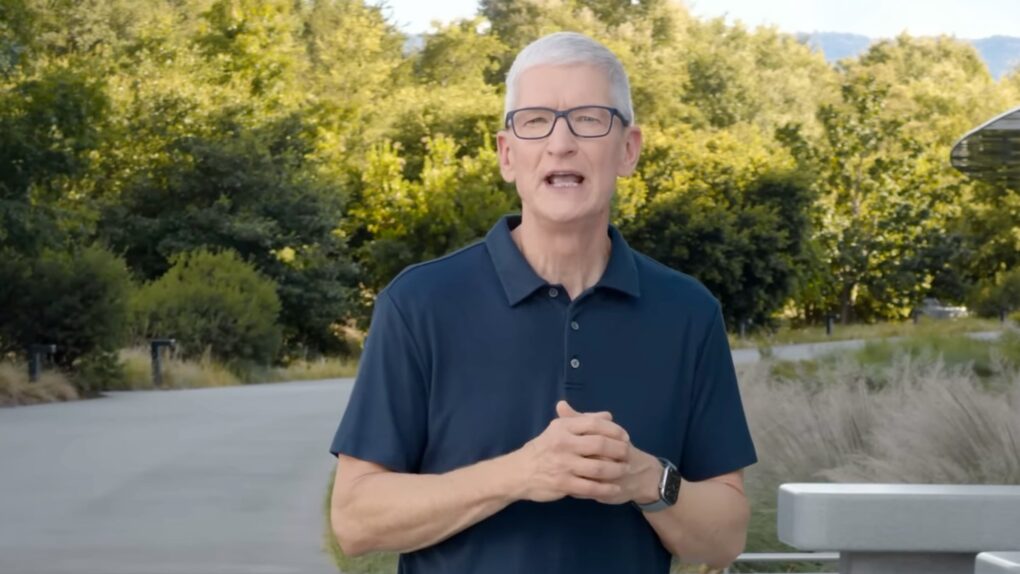
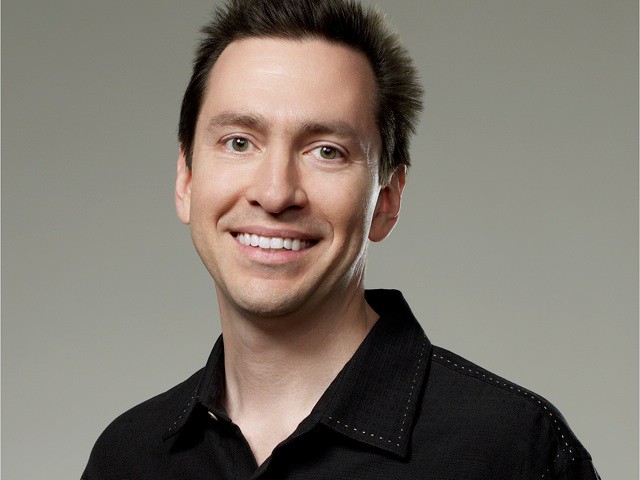
 October 29, 2012: Scott Forstall, Apple’s senior vice president of iOS software, is fired from the company after the disastrous Apple Maps launch. After Forstall is ousted, Apple divvies up the roles he previously handled among other high-level execs.
October 29, 2012: Scott Forstall, Apple’s senior vice president of iOS software, is fired from the company after the disastrous Apple Maps launch. After Forstall is ousted, Apple divvies up the roles he previously handled among other high-level execs.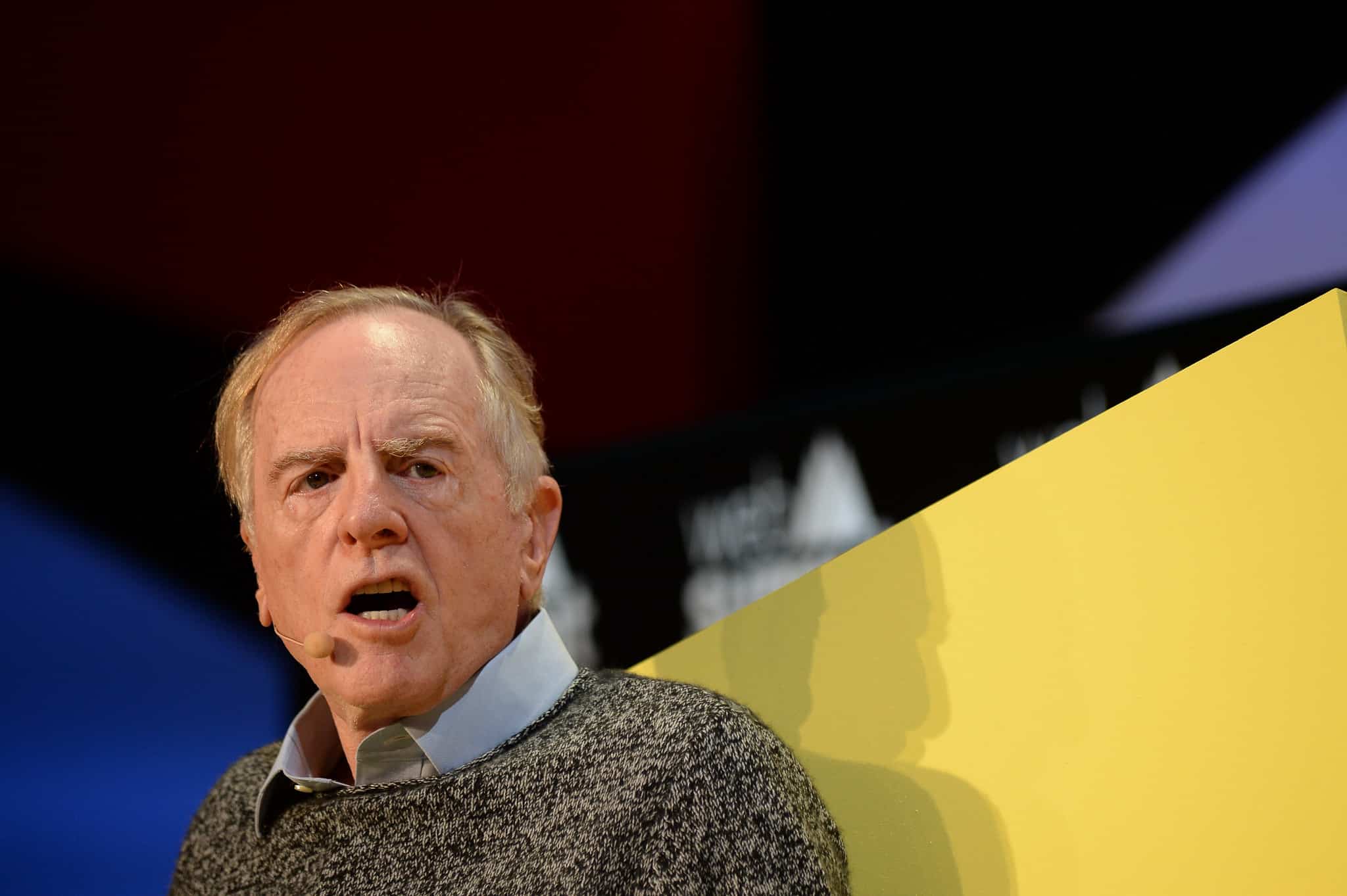
 October 15, 1993: John Sculley, the former CEO responsible for forcing Steve Jobs out of Apple, is forced to leave the company himself. When Sculley resigns as Apple’s chairman, he leaves with a golden parachute.
October 15, 1993: John Sculley, the former CEO responsible for forcing Steve Jobs out of Apple, is forced to leave the company himself. When Sculley resigns as Apple’s chairman, he leaves with a golden parachute.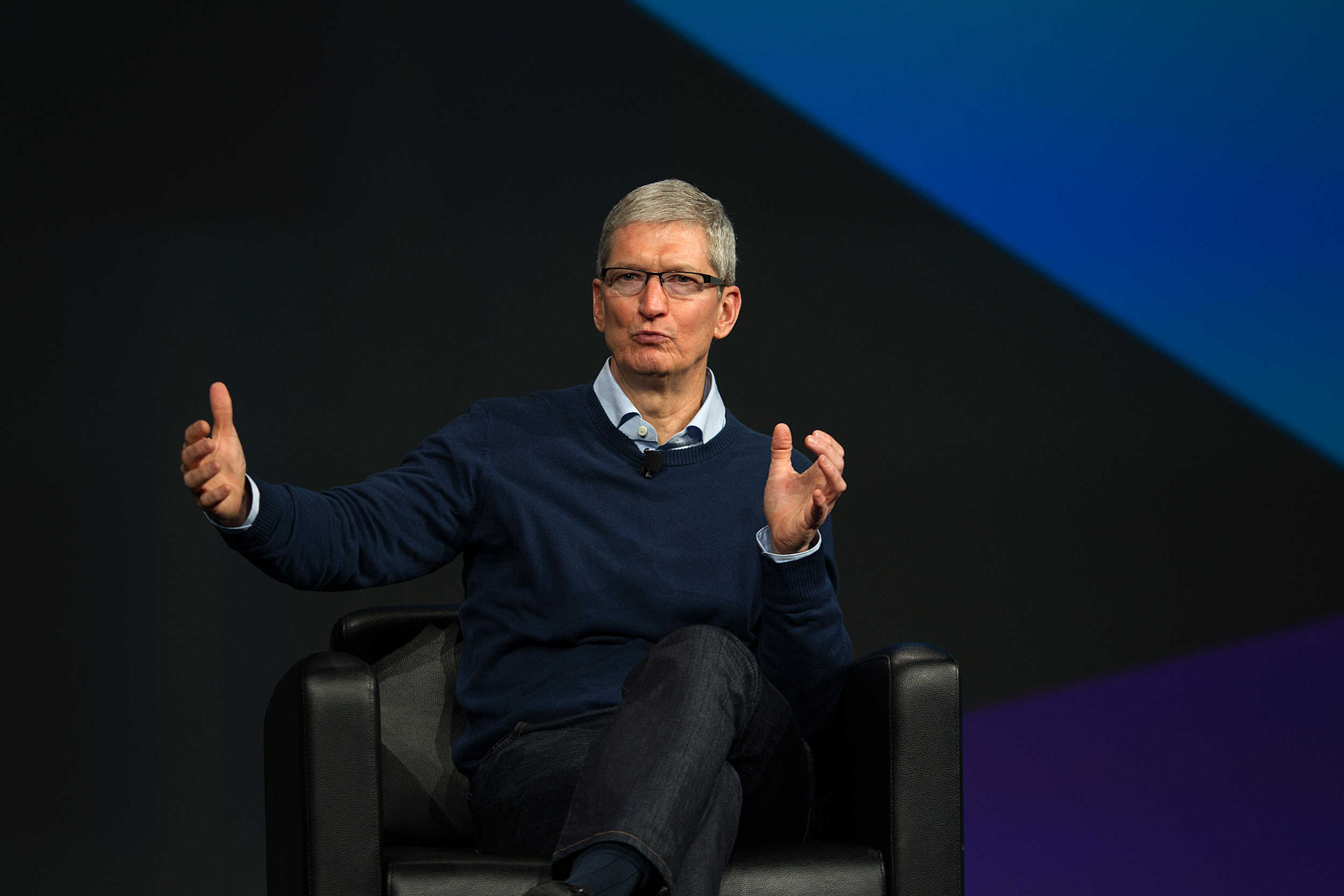
 October 14, 2005: Tim Cook takes the reins as Apple’s chief operating officer. His new role as Apple COO continues his upward climb through the company’s ranks that will make him CEO less than six years later.
October 14, 2005: Tim Cook takes the reins as Apple’s chief operating officer. His new role as Apple COO continues his upward climb through the company’s ranks that will make him CEO less than six years later.
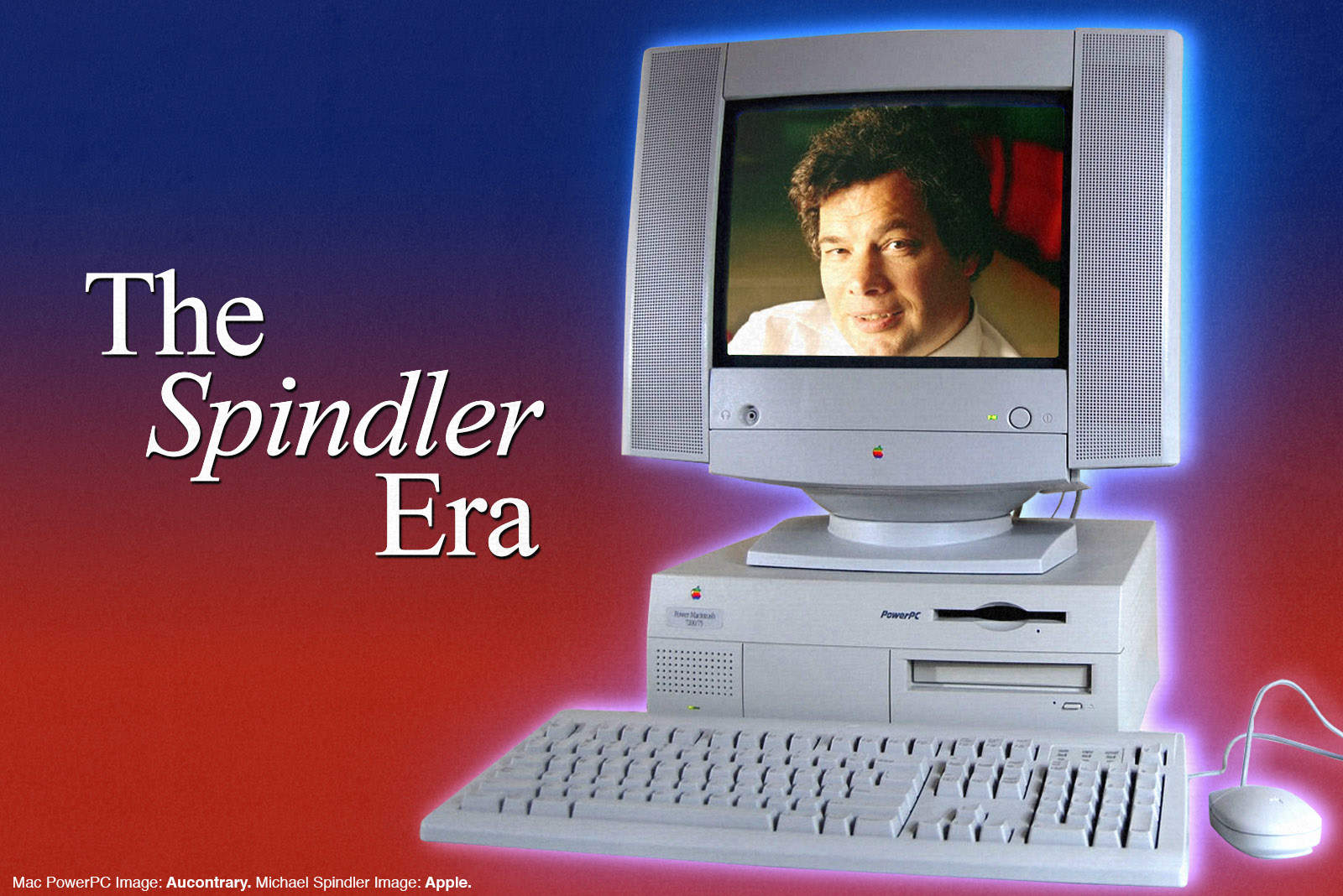
 October 3, 1994: Apple CEO Michael Spindler reassures the world that Apple “is not a lame-duck company.”
October 3, 1994: Apple CEO Michael Spindler reassures the world that Apple “is not a lame-duck company.”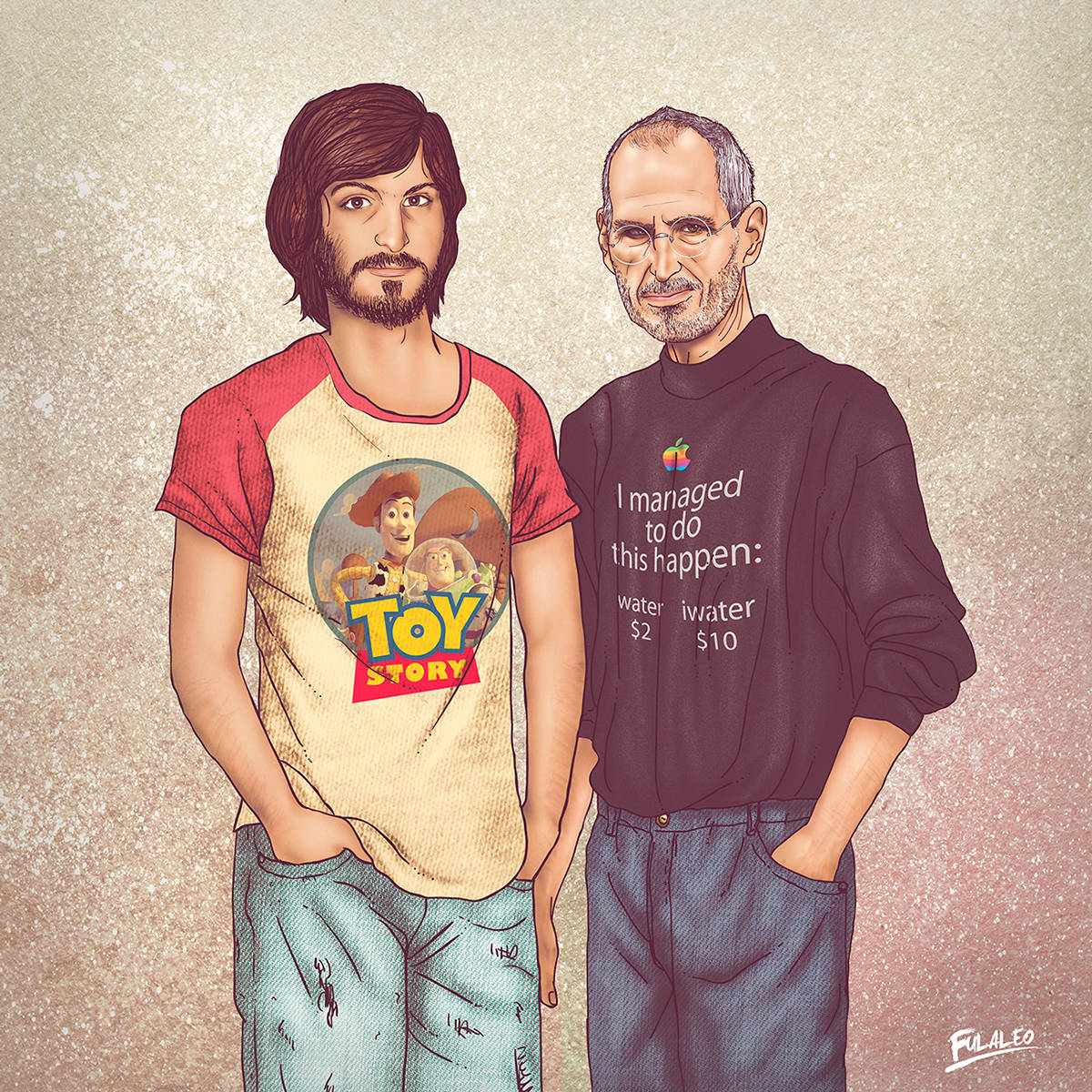
 September 16, 1985 and 1997: Twice on this day, Apple co-founder
September 16, 1985 and 1997: Twice on this day, Apple co-founder 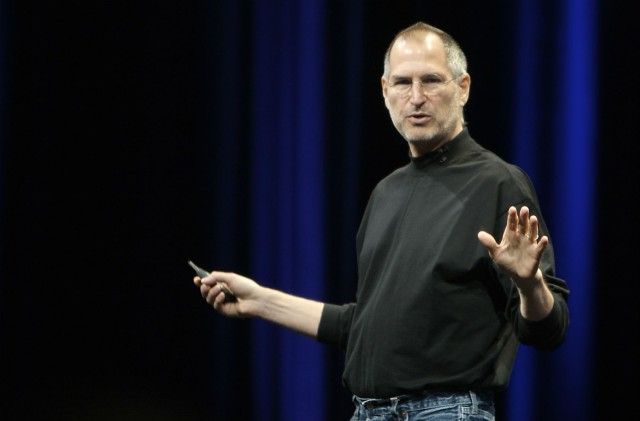
 August 24, 2011: With his health worsening, a cancer-stricken
August 24, 2011: With his health worsening, a cancer-stricken 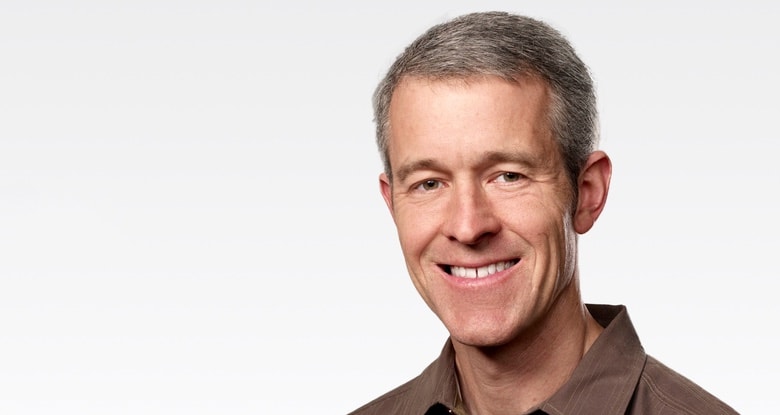
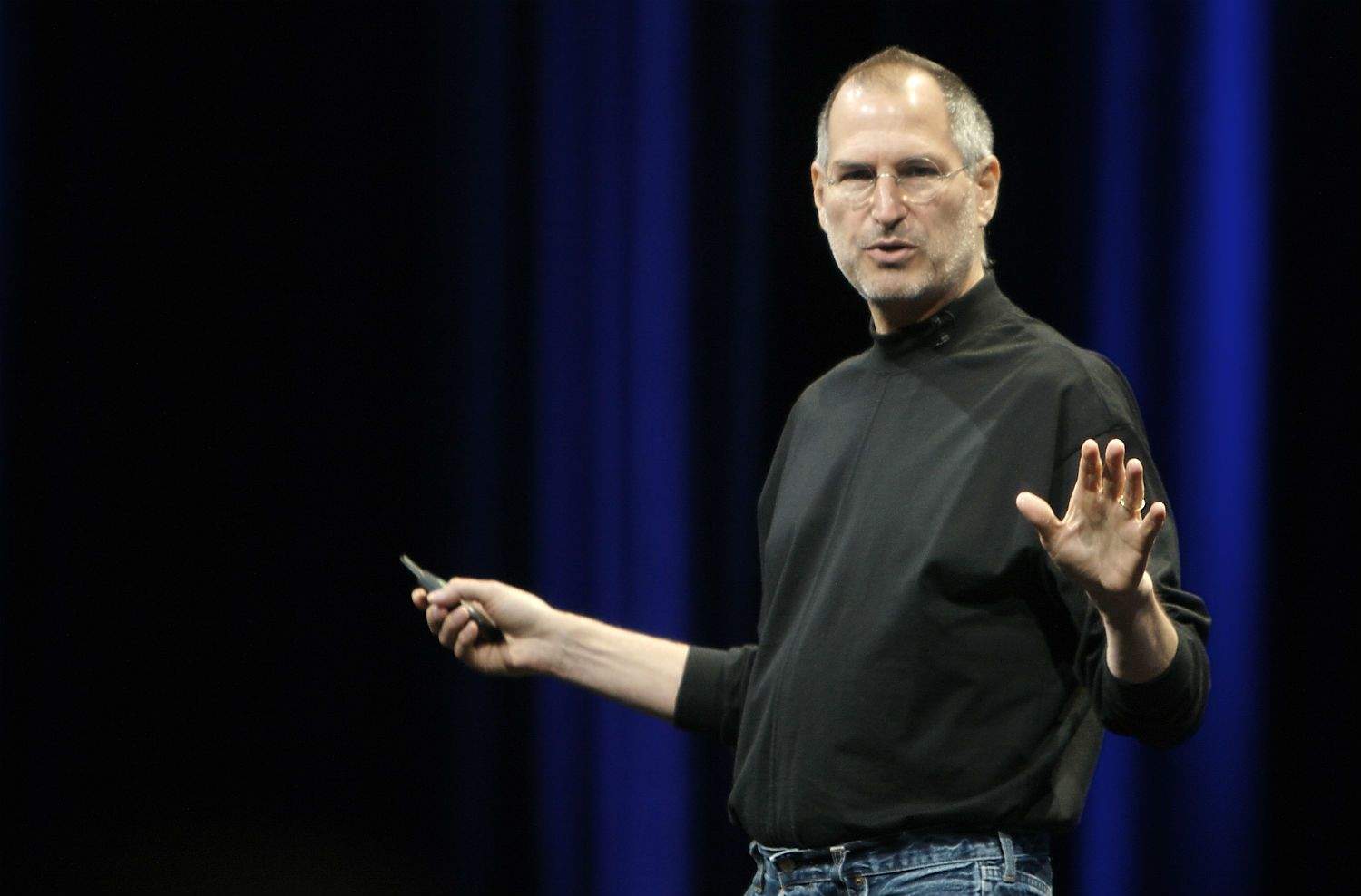
 July 8, 1997:
July 8, 1997: 
 July 6, 1997: Following a massive quarterly loss for Apple, board member Edgar S. Woolard Jr. calls CEO
July 6, 1997: Following a massive quarterly loss for Apple, board member Edgar S. Woolard Jr. calls CEO 
 May 23, 1985: Bitter about being ousted from his position running the Macintosh division,
May 23, 1985: Bitter about being ousted from his position running the Macintosh division, 
 May 17, 1983: John Sculley takes the helm as Apple’s third president and CEO. The former Pepsi-Cola boss is short on tech experience but long on marketing, which will become increasingly important as the personal computer revolution ramps up.
May 17, 1983: John Sculley takes the helm as Apple’s third president and CEO. The former Pepsi-Cola boss is short on tech experience but long on marketing, which will become increasingly important as the personal computer revolution ramps up.
 April 19, 1994: Gaston Bastiaens, the executive in charge of Apple’s revolutionary new
April 19, 1994: Gaston Bastiaens, the executive in charge of Apple’s revolutionary new 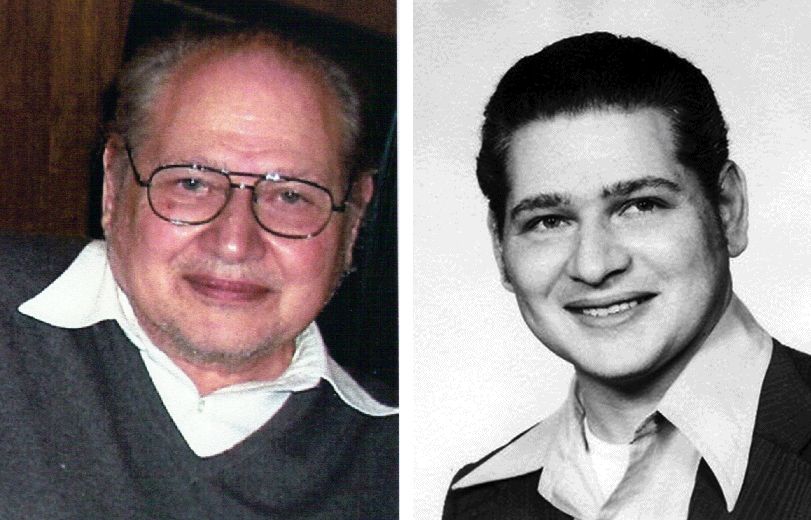
 April 12, 1976: Apple’s third co-founder, a former Atari colleague of Steve Wozniak’s named Ron Wayne, cashes in his Apple shares for just $800.
April 12, 1976: Apple’s third co-founder, a former Atari colleague of Steve Wozniak’s named Ron Wayne, cashes in his Apple shares for just $800. April 8, 1983:
April 8, 1983: ![New Siri boss tasked with turning around floundering AI upgrade [Updated] Siri management shakeup](https://www.cultofmac.com/wp-content/uploads/2025/03/Siri-management-shakeup-1020x573.jpg)

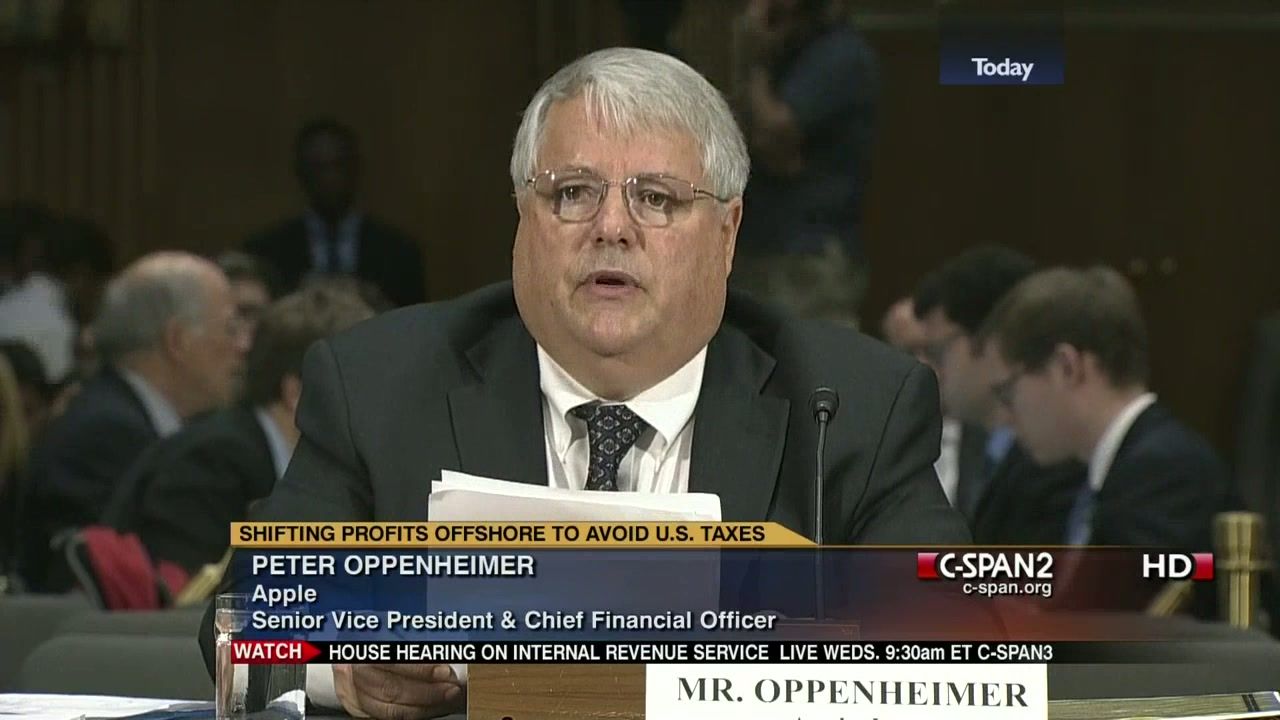
 March 4, 2014: Peter Oppenheimer, the Apple chief financial officer who presided over a decade of skyrocketing growth, steps down from the company.
March 4, 2014: Peter Oppenheimer, the Apple chief financial officer who presided over a decade of skyrocketing growth, steps down from the company.
 February 25, 1981: Apple CEO Michael Scott oversees a mass firing of employees, then holds a massive party. The Apple layoffs follow a hiring boom that led to what Scott called a “bozo explosion” at the company. They also stand as an early sign that the fun startup culture of Apple’s early days are gone forever.
February 25, 1981: Apple CEO Michael Scott oversees a mass firing of employees, then holds a massive party. The Apple layoffs follow a hiring boom that led to what Scott called a “bozo explosion” at the company. They also stand as an early sign that the fun startup culture of Apple’s early days are gone forever.